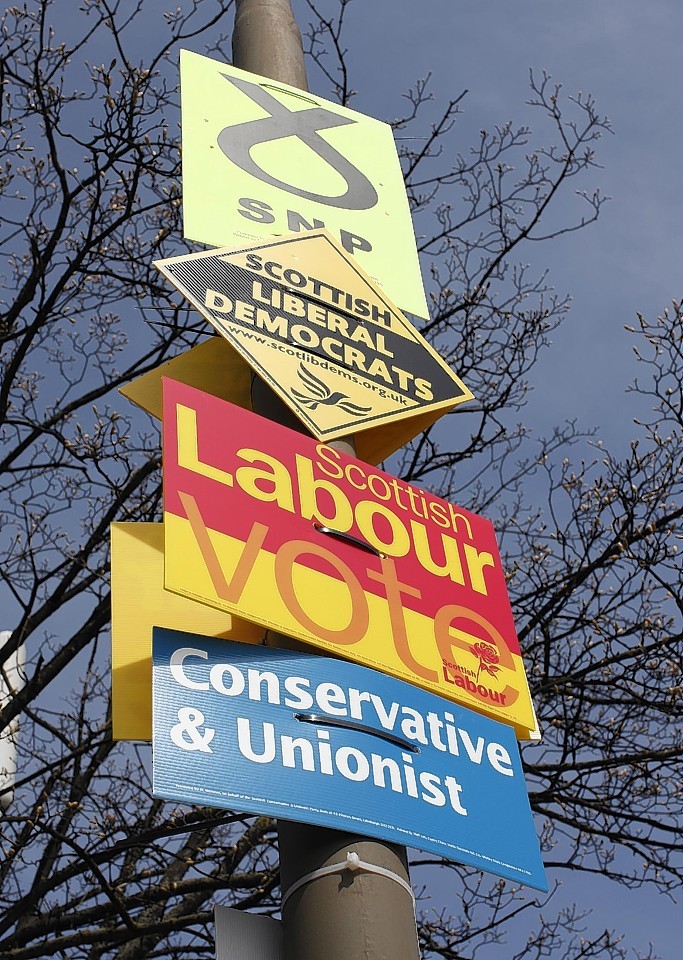A campaign has been launched against a plan by Argyll and Bute Council to stop people putting election posters on its lamp posts.
The Facebook page “Object to A&B Council Poster Ban” has already received more than 500 likes.
Stacey Felgate, of community engagement group Grassroots Oban, which created the page, writes online: “In a week when Paris is marching for their freedom of speech A&B Council are voting to curtail ours.”
The council’s Environment Development and Infrastructure (EDI) Committee narrowly voted on Thursday to ban the posters on council property.
The paper before the committee stated that following the Scottish referendum, election material was left out after the vote.
Now the full council will make a final decision at its meeting this Thursday.
John Finnie MSP has written to each of the 36 councillors asking them to vote down the ban.
He said: “The election-time display of candidates’ posters is a Scottish tradition and a visible expression of our democratic values. It reminds us that an election should be – as the referendum was – an occasion for community discussion, not just an order form for the private expression of self-interest.”
Rhona Dougall, a volunteer at Grassroots Oban, said: “The ban seems a bit counterproductive in terms of raising awareness about elections and engaging people to participate. Being visible is a part of that.”
The item caused considerable debate at the EDI committee, with some councillors saying posters were “an essential part of the democratic process”.
Chairwoman Ellen Morton moved that the committee endorse the ban while Councillor Iain Angus MacDonald moved an amendment that the council keep the status quo, where posters are permitted.
The vote was tied at 7/7, and Councillor Morton used her casting vote in favour of the ban.
Four SNP and three independent councillors voted against the ban, while five independent, a Conservative and a LibDem voted for it.
A council spokesman said: “Following the EDI Committee’s recommendation this policy will be considered by Argyll and Bute Council at its meeting on Thursday.
“The policy has been proposed because of the impact of election posters on the environment and the associated difficulty in removing them from council property. If approved, this would bring Argyll and Bute Council in line with more than 20 other local authorities who have already taken the same decision, as well as Transport Scotland, the national trunk roads authority.
“In coming to a decision the council will be noting the comments of local residents.”
